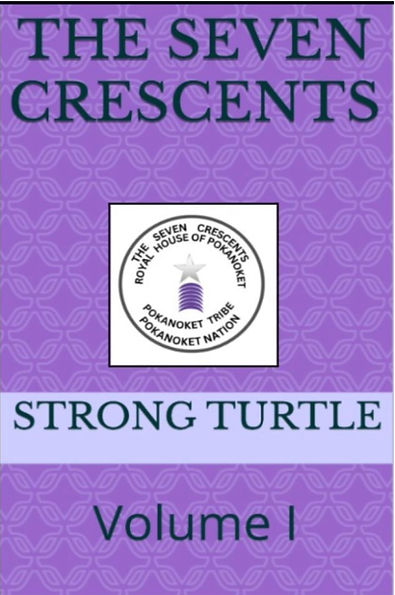Part 2

The Pokanoket & the Myth of the Empty Land: Uncovering Pre-Colonial New England
European settlers justified their colonization of New England by casting it as an “empty wilderness,” a land waiting to be tamed. This myth, however, was not a misunderstanding, it was a deliberate erasure. Long before the Mayflower, the region was home to densely populated, agriculturally settled societies like the Pokanoket, whose numbers had already been devastated by epidemic diseases introduced through early European contact. By drawing on Indigenous oral traditions, colonial records, and modern archaeology, this paper argues that the myth of vacancy was not merely a product of ignorance but a strategic colonial ideology designed to justify dispossession, deny Indigenous sovereignty, and obscure the catastrophic impact of foreign pathogens.
Colonial Justifications: How Europeans Framed the Land as "Unoccupied"
When English settlers arrived in New England in 1620, they found forests rich with game, rivers thick with fish, and fields already cleared for planting.# To them, it seemed a paradise untouched, but this perception was a dangerous illusion. What they deliberately ignored was that this “wilderness” had been shaped for generations by the Pokanoket and other Indigenous peoples through seasonal agriculture, controlled burns, and sophisticated land stewardship. By the time the Mayflower landed at Patuxet (modern-day Plymouth), epidemic diseases brought by earlier European contact had already killed up to 90% of the local population. The myth of an “empty land” was not an innocent mistake, it was a colonial strategy that recast devastation as divine opportunity. That myth still echoes today in legal frameworks, historical narratives, and public memory.
This was no passive misunderstanding, it was a weaponized fantasy. European settlers used the myth of an “underpopulated” New England to justify violent expansion. In their narrative, the continent was an untamed wilderness, sparsely inhabited by people they dismissed as culturally backward and technologically inferior. Yet this same land bore the marks of careful cultivation, controlled burning, and ecological sophistication. The settlers’ hypocrisy was stark as they described a “vacant” landscape even as they encountered thriving communities, only to portray those same people as obstacles to progress. Their colonization was cast not as invasion, but as a sacred duty to “civilize” the land and its inhabitants.
